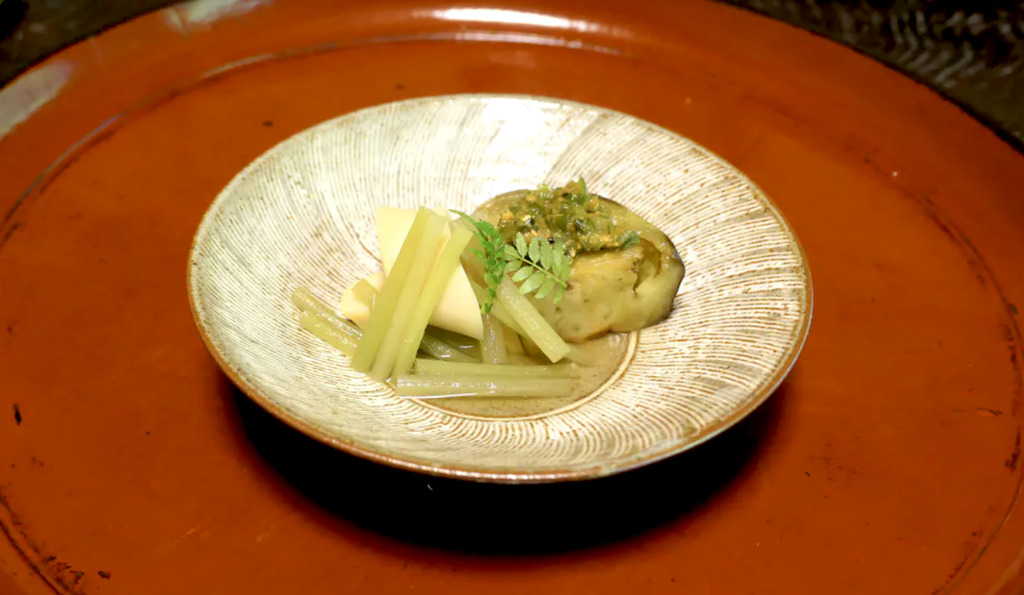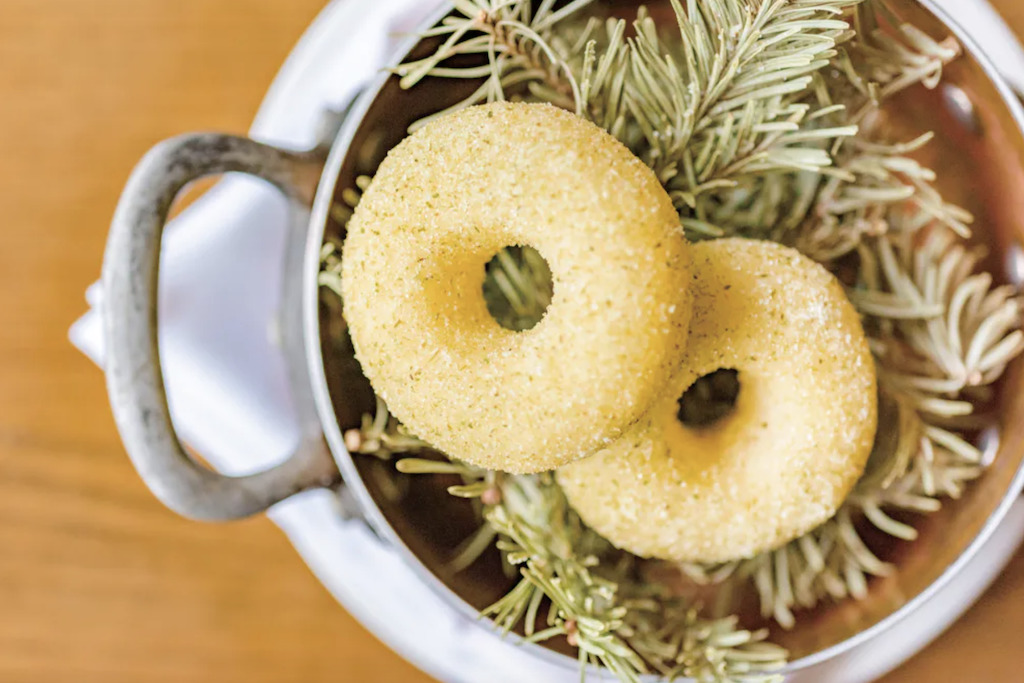Michelin’s Green Star Rating Explained: What Is It, How It Came About & Restaurant Awardee Highlights
5 Mins Read
The Michelin Guides first debuted their new emblem for sustainable gastronomy in 2020 in France and Nordic countries, with the new clover leaf icon recognising “green” practices in the F&B industry. Now, for their 2021 edition, the world’s most prestigious dining guide has rolled out their new Green Star internationally, including in Hong Kong, Beijing, Kyoto, Osaka, Seoul and a number of other European markets. But what exactly does the award mean?
We recently spoke to the Michelin Guides to ask them all about it. Here’s what a spokesperson for Michelin told Green Queen Media about what the Green Star is, why they decided to launch it, how restaurants are graded and more. We also included some of the newly featured restaurants on Michelin’s Green Star list for 2021, right here in Hong Kong and around the world.
GQ: What is the Michelin Green Star?
MG: The Michelin Green Star is a distinction that aims to highlight role-model restaurants that embrace sustainability in their day-to-day operations. Selected based on research and data collected from the Michelin Guide inspectors’ fieldwork, these restaurants have efforts in food waste reduction, recycling, the promotion of local and ethical ingredient sourcing, or many other virtuous initiatives.

GQ: Why is the Michelin Guide now taking on sustainable developments in gastronomy?
MG: Every aspect of gastronomy touches closely or remotely on themes related to sustainable development: from the production of raw materials to their end of life, through the way they are worked and the way a restaurant is managed, gastronomy is a key tool for getting messages across and thinking about a more virtuous world. Our readers are the first to share their thoughts on the subject with us, and we listen to them.
Many chefs have been building their cuisine to the rhythm of Nature and the planet’s resources for years, while others innovate on a daily basis to find solutions to think more thoughtfully about their restaurants. In any case, it is in the hands of the chef and his teams that gastronomy becomes a vector for more responsible practices. The Michelin Guide, as an international reference in the field of gastronomy, is committed to promoting these chefs and establishments that are committed to a more sustainable gastronomy, and therefore a more sustainable society.

Read: ONA becomes first 100% vegan restaurant in France to win Michelin star
GQ: What does the Michelin Guide hope to achieve with this new sustainable award?
MG: We do not claim to know what needs to be done, but we are convinced that the Guide has the capacity to offer the profession the means to federate around this subject. We want to provide a framework for leaders to come together, to take up the issue, to build momentum. Because they are the real players, they are the ones who embody and shape a more virtuous future. And the Guide wants to be an echo of their voice and their actions. We are convinced that it is together that we will make progress.

GQ: How do restaurants gain a Michelin Green Star? Can you tell us about the criteria?
MG: The Michelin Green Star is a specific distinction complementary to the culinary ones as the Star, the Bib Gourmand or the Plate. It aims to recognize the work achieved by both committed chefs and establishments and to highlight it through editorial content. It is an emblem, a marker, to indicate which restaurants are at the forefront of a more sustainable approach of gastronomy. It can be attributed to any establishment, whether it is a starred restaurant, a Bib Gourmand or a Michelin Plate.

This first selection of restaurants [this year] is…the result of the return of the inspectors’ long-standing fieldwork alongside complementary research. The restaurants selected are those which, for the guide, have a truly virtuous global approach or implement inspiring initiatives in the management of their establishment dealing with many topics like the origin of the products, the respect for seasonality, the initiatives to reduce and valorise food waste, the capacity of the teams to sensibilise the clients to their sustainable ethos. By awarding some restaurants with a Michelin Green star, they want to indicate to the clients the most committed establishments which offer not only a very nice gastronomic experience, but also an inspiring and impacting one when considering sustainable gastronomy.

GQ: Will the Green Star be launched in more countries in the future?
MG: The Green Star was launched in France last year and will be rolled out internationally in several of the next launches of the Michelin Guide. For now, sustainable selections have also been launched in the Michelin Guides France, Nordic Countries, Germany, Italy, Spain & Portugal, Belgium & Luxembourg, Slovenia, Kyoto & Osaka, Tokyo, California, Beijing, Seoul, Thailand and Hong Kong & Macau. We are now considering its implementation in other destinations.
Lead image courtesy of Hypha, the Chester, U.K.-based restaurant who also won a Green Star for its zero-waste kitchen and closed-loop composting.




